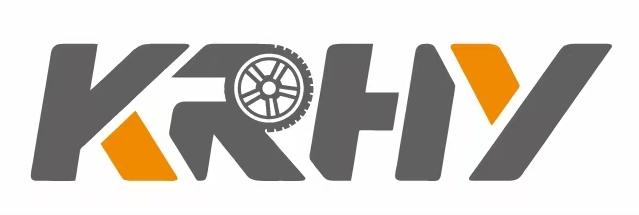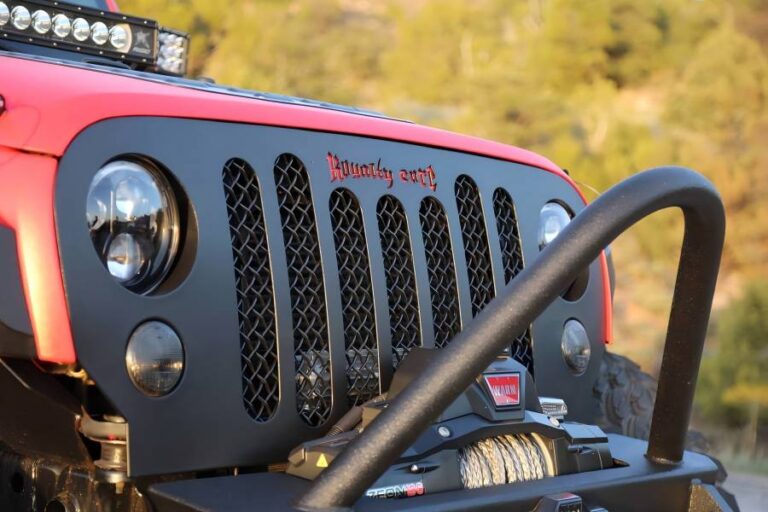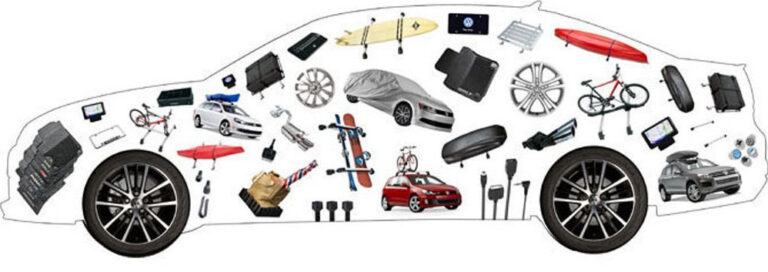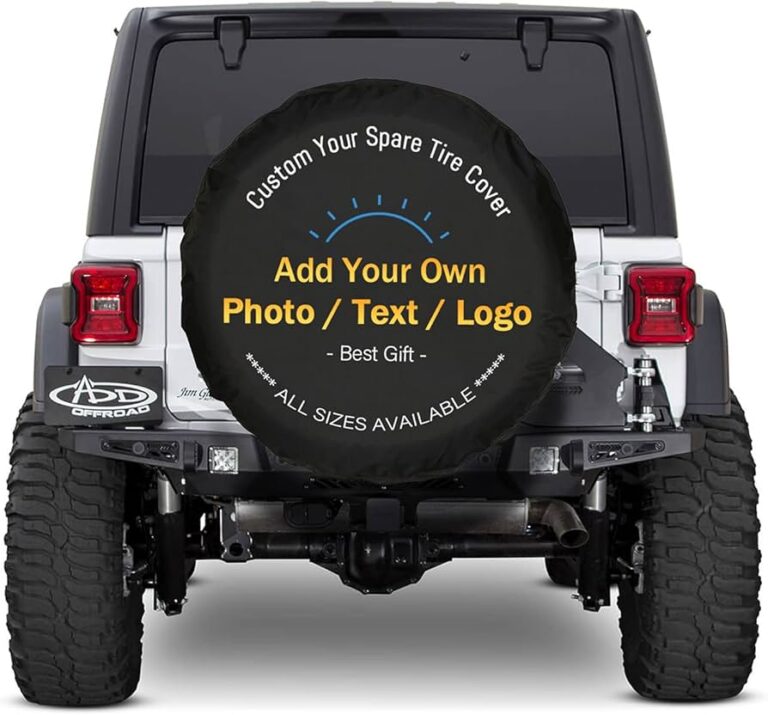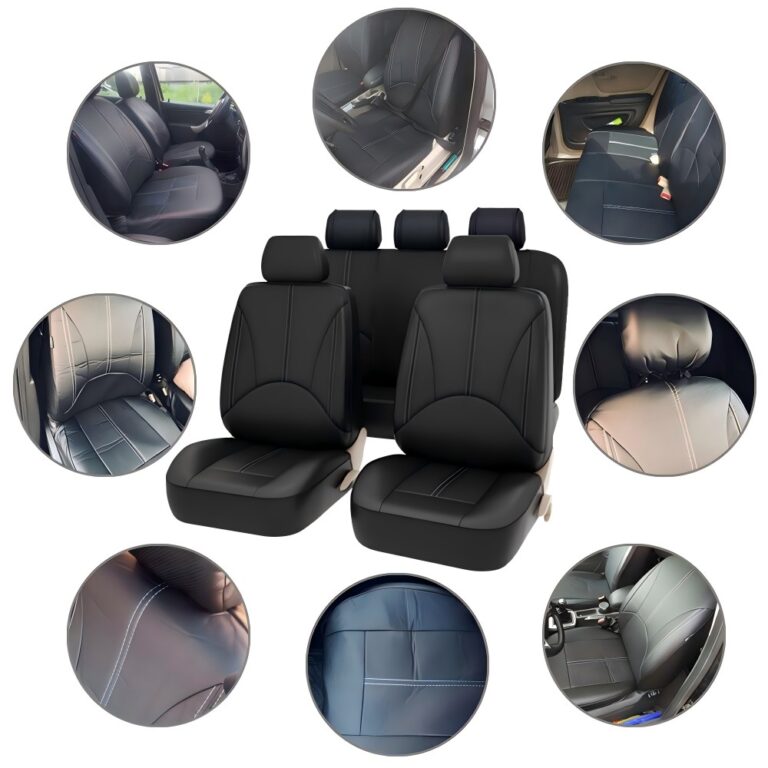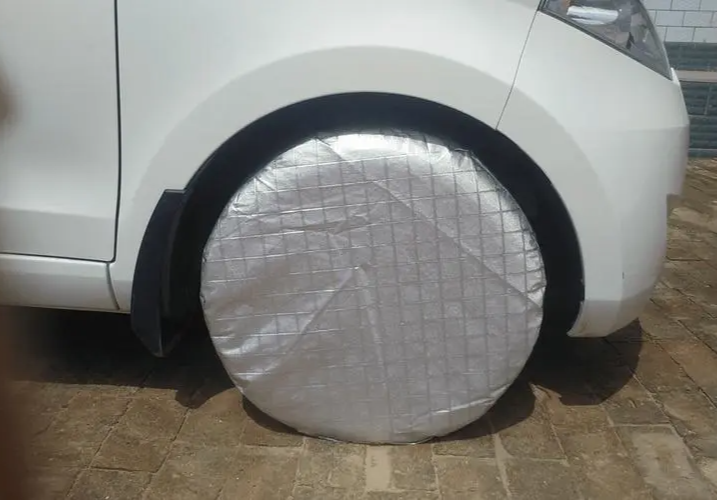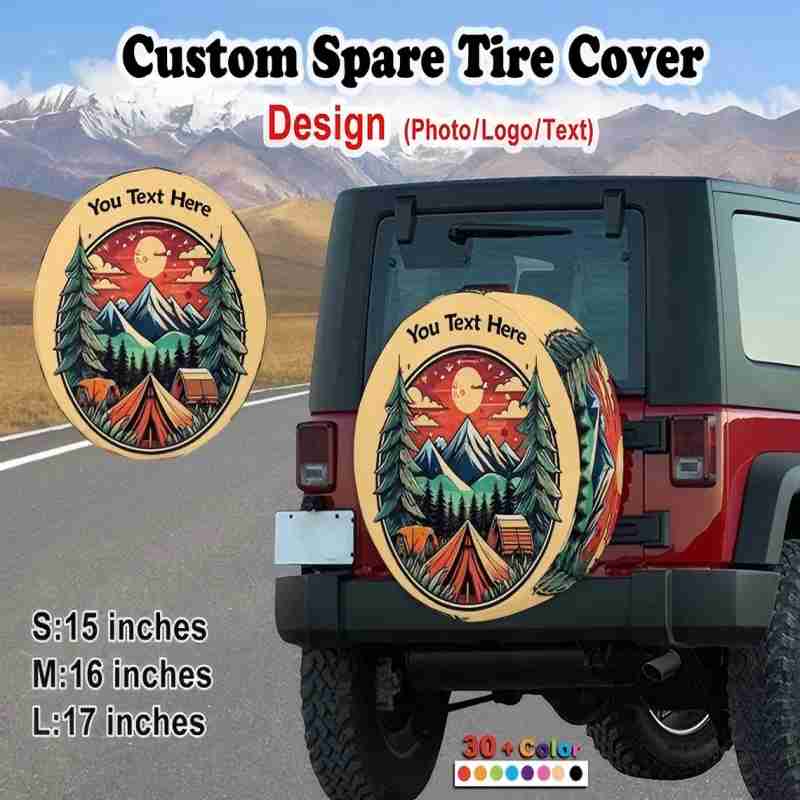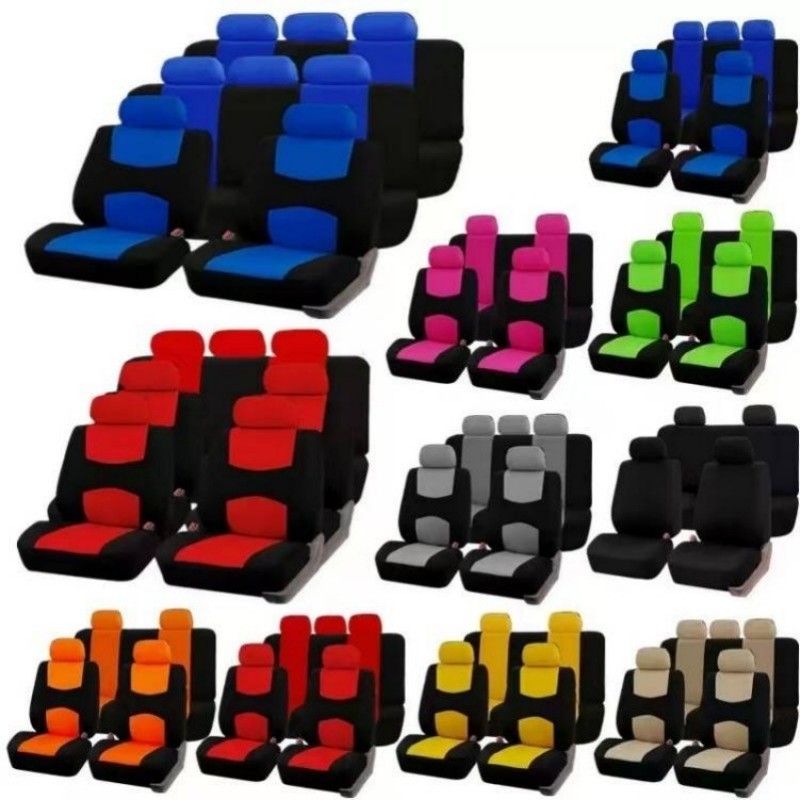-
Xingming Road, Yanyuan, Xingtan, Shunde, Foshan, Guangdong
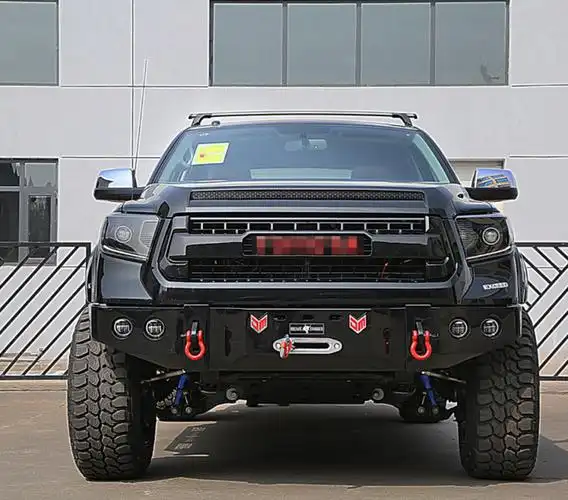
OEM Front Bumper Replacement: Get Factory Fit Without Cost
In the field of car repair and modification, the complexity of replacing the front bumper is often underestimated. When your car encounters scratches, collisions or natural aging, a seemingly simple decision to replace the bumper hides multiple technical challenges such as material science, safety regulations, and appearance matching. According to statistics, bumper damage accounts for more than 60% of vehicle appearance damage accidents, and choosing a suitable alternative has become a choice that car owners must face.
Among the many choices, OEM style front bumpers are becoming the preferred option for more and more car owners and repair shops because they balance the original quality and economy. This type of product is manufactured by the original supplier according to the same standards, but it is exempted from the brand premium, becoming the “golden middle zone” between the original parts and cheap aftermarket parts.
1. Why choose an OEM style front bumper?
OEM (Original Equipment Manufacturer) style bumpers are products produced by original equipment suppliers in accordance with the exact same technical specifications, material standards and manufacturing processes as the OEM. The only difference is that they do not have the logo of the car brand. These products come from parts companies certified by the OEM, and many are even “twins” from the same production line.
- Cost-benefit analysis: Taking the 2018 Honda Civic as an example, the MSRP of the original front bumper cover is as high as $256.53, while the price of OEM style products produced by the original equipment supplier can be reduced by about 30%. This price difference is more significant on luxury models.
- Performance: OEM parts and genuine parts use the same grade of raw materials (such as high-performance polypropylene, modified polyurethane, etc.), and achieve more than 95% of the original performance in terms of impact resistance, weather resistance and flexibility. OEM products from top suppliers such as Bosch in Germany and Denso in Japan even surpass the original in some parameters.
- Fitting accuracy: Due to the use of original molds or technical data authorized by the OEM, the key dimensional accuracy of the OEM bumper, such as the buckle position, sensor opening, and light group gap, reaches ±0.5mm, completely eliminating the uneven gap problem after modification.
Industry insights: Leading OEM suppliers such as Magna and SMP (Standard Motor Products) usually continue to produce products with the same standards as the original parts after the contract expires. These “genuine parts” have become the first choice for smart car owners.
2. Regulations and compliance: the red line that cannot be crossed
In China, the “T/CAAMTB 118-2023 Passenger Car Exterior Modification Guide” clearly stipulates the technical boundaries of bumper modification:
- Size limit: The length of the bumper after modification shall not exceed 5% of the original vehicle**, and the ground clearance must meet the standard (upper wing ≥420mm, lower wing ≤360mm when the car is fully loaded)
- Safety requirements: Sharp protrusions are prohibited; key positions require arc transition (radius of curvature ≥2.5mm); shall not affect the operation of collision sensors
- Electronic system compatibility: shall not interfere with the detection accuracy of driving assistance systems such as radar, camera, adaptive cruise control, etc.
- License plate compliance: The bumper license plate area must strictly follow the GA 36-2018 standard, with a position deviation of ≤5mm
In the United States, federal regulations 49 CFR §581 and ECE R42 have more stringent requirements on the energy absorption characteristics and pedestrian protection design of bumpers. OEM-style products are developed based on original factory data and naturally meet these regulatory requirements, while small factory aftermarket parts often ignore these “invisible indicators”.
Actual case: In 2023, a modification shop in Beijing installed a non-compliant bumper, which caused the ACC radar to be triggered by mistake. After the car owner rear-ended his car at high speed, he not only faced vehicle losses, but also took the main responsibility for illegal modification.
3. Five elements to identify high-quality OEM-style products
Faced with the uneven products on the market, professional buyers use the following dimensions to identify true OEM-level bumpers:
- Material certification Check the PP/TPO material grade mark. High-quality products will indicate the ISO 1043-1 standard code (such as “PP-T20” means 20% talc-reinforced polypropylene). Avoid using “three-no” products that do not indicate the material.
- Process details Original products have: • Clear part number and production date stamp on the back • Uniform wall thickness (3-4mm for mainstream models) • No release agent residue (no oil stains after wiping with alcohol)
- Integrity of supporting components Includes special clips of original specifications (such as Honda bumper heat shield clip P/N 91505-TM8-003), deflector bracket, sensor bracket, etc., avoid mixing old parts and causing abnormal noise.
- Surface treatment process High-quality products are shipped with electrostatic coating primer layer, and the adhesion reaches ISO 2409 Class 0. Inferior products are mostly simply sprayed, which is prone to orange peel and paint peeling.
- Certification Mark Internationally recognized certifications include: • CAPA Gold Mark • NSF Automotive • TÜV Mark
4. Professional Installation Guide: Practices Beyond Repair Shop Standards
Even the best bumper can fail if improperly installed. Here is the installation process verified by body repair experts:
Key Steps Analysis
- Old Part Removal Phase Use a dedicated snap-on screwdriver (such as LISLE 58430) to avoid damaging the body holes by violent disassembly. Record the wiring harness route, especially the original position of the radar and camera cables.
- Surface pretreatment
- Deep degreasing with alcohol-based cleaner (solvent-based cleaners will penetrate plastics and cause paint defects)
- TPO/PP materials must be coated with chlorinated polyolefin adhesion promoter
- Epoxy primer (such as SPI Turbo Primer) is recommended instead of ordinary putty
- Positioning calibration Use the body positioning ruler (Celette 7110) to measure: | Measuring point | Tolerance range | |————–|————| | Headlight gap | 3.5±0.3mm | | Fender drop | ≤0.5mm | | Radar probe angle | ±1° |
- Electronic system calibration Must be performed after installation:
- Millimeter wave radar position calibration (ODB interface device such as Autel MaxiSys is required)
- Camera field of view calibration (refer to the original target map)
- Parking sensor function test
Professional Tip: The ambient temperature must be ≥15℃ during winter installation. Plastic clips become more brittle at low temperatures, and forced installation may cause more than 30% of clips to break.
5. Long-term maintenance and value protection strategy
A properly maintained OEM-style bumper can achieve a service life equivalent to that of the original parts. The following are key practices to extend the service life:
- Cleaning specifications Avoid direct high-pressure water guns to the radar area (pressure ≤50Bar); Do not use detergents containing petroleum solvents (which will cause micro-cracks on the surface)
- Damage repair Small scratches are treated with plastic welding repair instead of traditional putty filling. For different types of damage:
graph LR A[bumper damage] --> B{depth} B -->|≤2mm| C[grinding + plastic repair paste] B -->|≥2mm| D[infrared plastic welding] B -->|perforation| E[back reinforcement plate welding] - Value Guarantee Keep the purchase receipt and quality guarantee (high-quality OEM parts provide 2-year warranty), and file the replacement record with the insurance company to ensure that you will receive full compensation when the accident claims.
Frontier Trend: OEM-level solution for smart bumpers
With the development of automotive electronics, the new generation of bumpers has evolved into a “smart sensor platform”. Leading OEM suppliers are launching integrated solutions:
- Pre-installed sensor bracket: For example, the BMW G series front bumper has a pre-embedded radar bracket with a position accuracy of 0.1°
- Wire harness integrated channel: Pre-set waterproof wire groove inside to avoid later drilling
- Optimized design for new energy: Reduce the drag coefficient for electric vehicles (such as the Tesla Model 3 bumper wind drag contribution rate is reduced by 11%)
These innovations not only restore the appearance of OEM-style bumpers, but also become a carrier for improving the technological level of vehicles.
In the maze of OEM-style front bumper selection, quality, compliance, and adaptation constitute a triangular coordinate to guide car owners to make rational decisions. When you hold this guide in your hand, you have a weapon that penetrates marketing rhetoric-truly professional modification is not about the flamboyant appearance, but about the persistence of every millimeter of gap, the sensitivity of every snap sound, and the respect for safety regulations.
No matter which solution you choose, please remember the warning of the China Association of Automobile Manufacturers: “Modification is not a place outside the law, and every rule is made up of accident debris”. Within this framework, the OEM style front bumper, with its perfect balance of original genes and economy, is becoming a safe choice for rational car owners to reshape the appearance of their cars.
